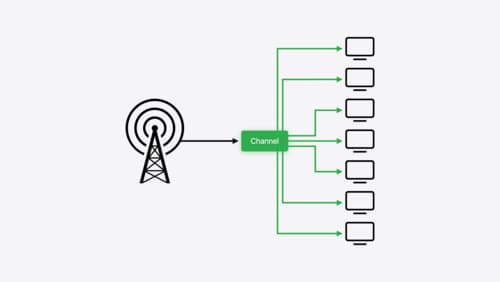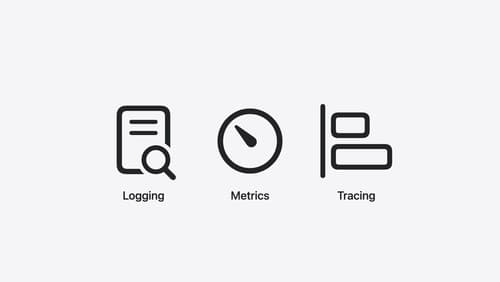dispatch
Asked on 2024-10-07
2 searches
The concept of "dispatch" is discussed in the session titled "Explore Swift performance" at WWDC 2024. In this session, the difference between static and dynamic dispatch is explained. Static dispatch is more efficient and allows for optimizations like inlining and generic specialization at compile time. Dynamic dispatch, on the other hand, enables polymorphism and is used when the call is made to a protocol requirement rather than a protocol extension.
For more details, you can refer to the session Explore Swift performance (05:54).

Broadcast updates to your Live Activities
With broadcast push notifications, your app can send updates to thousands of Live Activities with a single request. We’ll discover how broadcast push notifications work between an app, a server, and the Apple Push Notification service, then we’ll walk through best practices for this capability and how to implement it.

Explore Swift performance
Discover how Swift balances abstraction and performance. Learn what elements of performance to consider and how the Swift optimizer affects them. Explore the different features of Swift and how they’re implemented to further understand the tradeoffs available that can impact performance.

Explore the Swift on Server ecosystem
Swift is a great language for writing your server applications, and powers critical services across Apple’s cloud products. We’ll explore tooling, delve into the Swift server package ecosystem, and demonstrate how to interact with databases and add observability to applications.
